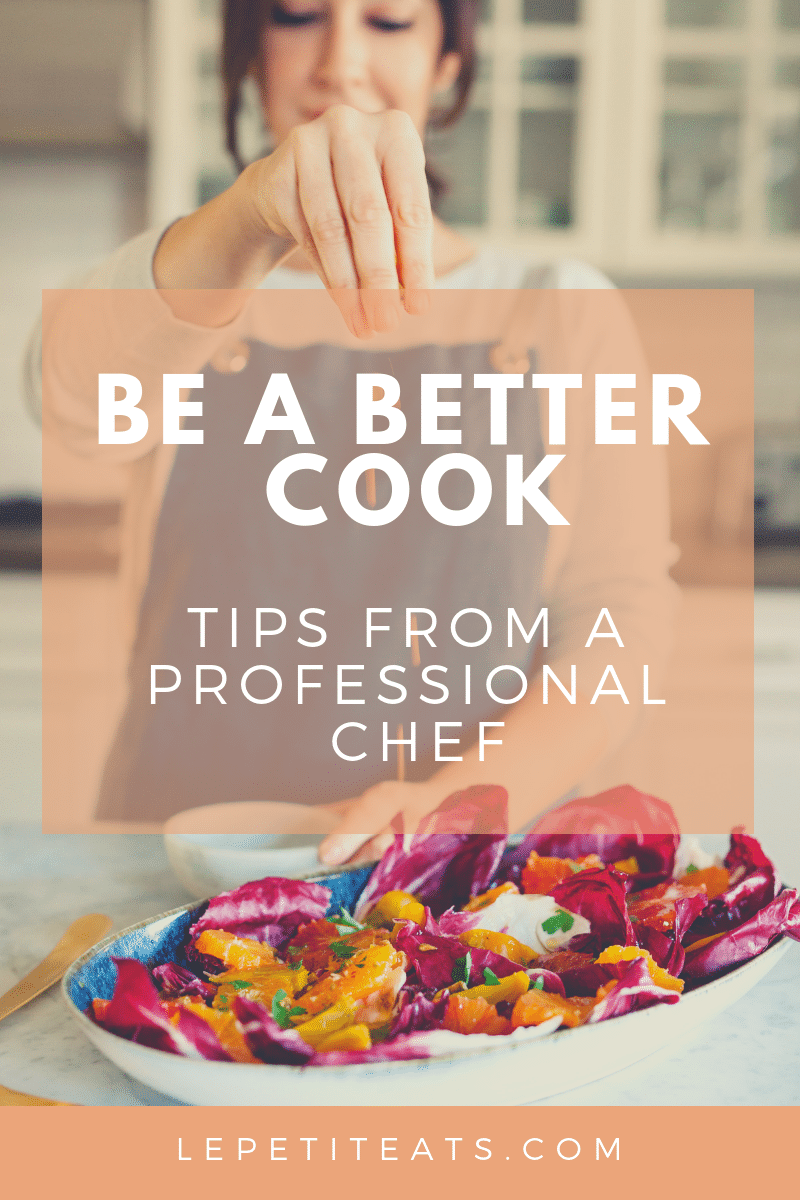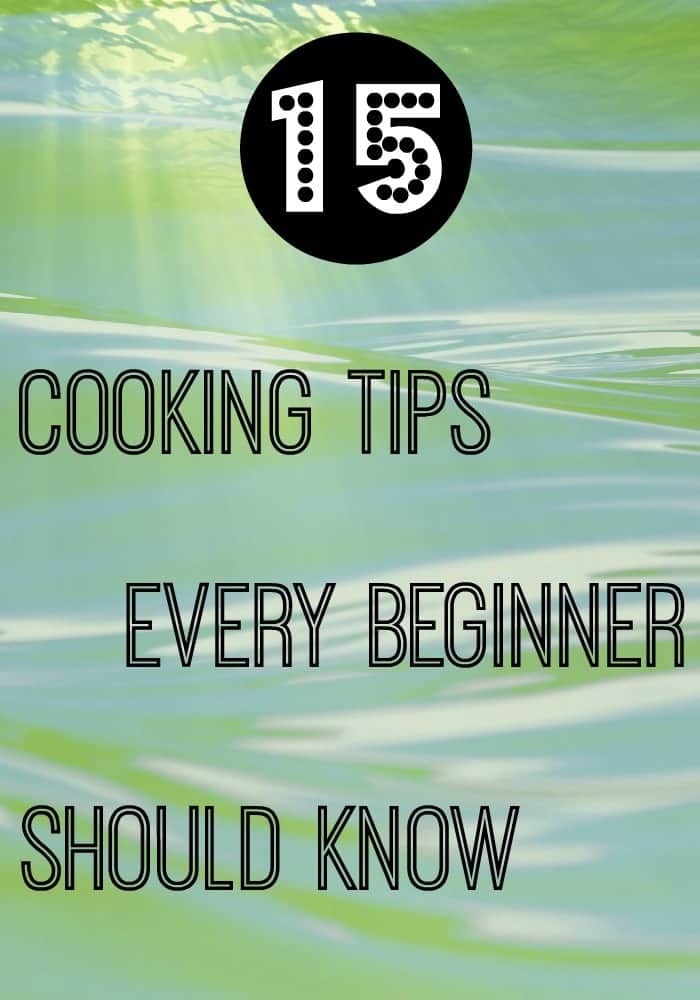
These tips and tricks will help both novice and experienced cooks make great food. You need to be able to order ingredients correctly when you add them into a recipe. Different ingredients cook at different rates. You'll also learn how to use your senses to prepare food. If you don't have the sense of smell, you can learn to use a thermometer for checking the temperature of food. Don't be afraid of trying new flavors and textures.
10 essential cooking tips
It is a great skill to enhance your quality of living, especially if it involves cooking new dishes. You can make even the most basic dishes more delicious and healthier by learning some basic cooking techniques. There are many methods of cooking chicken, salmon, broccoli, and black beans. The first stage of the operation involves beating eggs. Cooking eggs takes just five minutes! Blotting the meat before cooking is another useful cooking tip. This ensures that the meat has a nice sear.
Defrost frozen ingredients before you use them in your cooking. This will prevent them from losing their texture. You should also store frozen foods in a cupboard nearby to prevent heat and steam from escaping from the stove or refrigerator. This will preserve their taste. If you don't have a freezer, you can defrost them in the fridge if you need to.
Proper measuring cups
You can find many different sizes and shapes of measuring cups. A 6-piece set includes a measuring cup for each common measurement, including a 2/3 and a 3/4 cup. These cups are perfect for measuring dry ingredients, like flour. However, they are not always the most practical. A set of these cups is a great way to ensure precise measurements of all things, liquids included. Here are some helpful tips for buying measuring cups for cooking.

You need to make sure that the measuring cups you purchase are both dry- and liquid-compatible. It's not possible to accidentally fill them with liquid, even if they are meant for dry ingredients. However, it's best to avoid dipping your measuring cup into a bag of flour or another dry ingredient that will make the measurement inaccurate. Because liquid measuring cups are ambiguous, this will result in a less precise measurement.
Storing food at the right place
The first step in storing food correctly is to identify the items you'll be using. Some items don't spoil well, and they can be stored in the pantry or fridge. Other items should go in glass jars. You can store non-perishable products in glass containers or airtight container. They should be kept in a cool, dark place away from direct sunlight. Below are some tips for storing food in the refrigerator.
First, keep your kitchen clean and clutter-free. Avoid storing food close to household products. Food is sensitive and should be stored in cool, dark places. To ensure that food is not left behind, make sure containers are tight fitting. Keep food out of direct heat sources such as pipes. Foods that are exposed to sunlight for too long can also change their color.
Food preparation with your own senses
Using all of your senses while cooking can enhance the experience. Your taste buds are a great way to choose the right ingredients. It will be easier to determine the cooking time if you can visualize the flavor of a dish. The same goes for your visual senses, including touch and smell. Listen to your gut when shopping for ingredients and use your imagination as a guide to what they taste like. You might even substitute red cabbage for broccoli, for instance, if you think that it will make for an equally delicious and unique dish.

Your five senses will help you identify new foods, determine their quality, and then enjoy them even more. There's an entire new world out there, as you'll see. Learn about the science behind flavour and use your senses as a guide to cooking. Discover the difference between an fake emojipeach and a genuine one. Even rhubarb and grapefruit can be appreciated bitterly. If your kitchen is cluttered, you can use all your senses and look around to make sure that everything is in order.
FAQ
Are you able to cook by yourself?
Yes, you can self-teach cooking! It is something everyone enjoys, regardless of their level of cooking ability. If you're interested in learning how cook at home, then start cooking. Start small, such as making pancakes for breakfast and spaghetti sauce at dinner. You can learn the most by trying new recipes and making mistakes. You might even make some mistakes.
It takes anywhere from several hours to several weeks to learn how to cook, depending on your skill level. It's important that you remember that cooking does not mean following a recipe. There are so many ways to prepare food.
What's the difference between a professional chef and an amateur cook?
A chef prepares meals for others. A cook cooks for others. Although both jobs require you to prepare food, a chef is more involved in serving customers. This means that they may have to decide what dishes to prepare for their customers based on their preferences. The cook does not have to interact directly with customers. He or she makes sure that the food is delicious before serving it.
Are there any ingredients that I must buy in order to make a meal?
You don’t always need to buy the ingredients. Many grocery stores have premade sauces and other products that you can substitute for. However, if you want to save money, then buying pre-made meals can be helpful.
Statistics
- You'll be amazed that over 90% of CIA students receive scholarships and grants to finish their culinary studies. (ischoolconnect.com)
- According to the BLS, chefs earn $58,740 a year. (learnhowtobecome.org)
- In the United States, the category is estimated at $23.2 billion annually and is growing faster than the market. (washingtonpost.com)
External Links
How To
How to make a perfect omelet
Omelets are a favorite breakfast food of mine. How do you make them perfect? I've tried many different methods and recipes, but none of them seem to work! So today, I want to share some tips and tricks with you so you can make your own delicious and fluffy omelets every morning.
Before we start making omelets, let's remember that eggs are temperamental. You must get them fresh, organically, and keep them cold until you cook. If they are not kept cold enough, the whites won’t form properly. The yolks will also break down too quickly and become runny. Your omelets will look strangely colored if this happens. If you intend to cook your eggs immediately, it's best to use room-temperature egg.
Another tip is to separate your egg before adding it into the pan. The yolk and white should not be mixed together as this can cause the omelet's curdle.
The egg can burn if it is placed directly on the stovetop. Instead, heat the egg in a microwave for 10 seconds and then place it in a pan. The heat from the microwave cooks the egg just enough without overcooking it.
Next, let's talk about mixing the eggs. You want to mix the eggs thoroughly before you add them. To do this, grab the bowl of the mixer and turn it upside down. Now shake the bowl vigorously. This allows the air to be whipped and the egg to be mixed thoroughly.
Now comes the fun part: adding the milk to your mixture. Fold the eggs in the milk mixture by first pouring half of it into the egg whites. Do not be alarmed if there are still egg streaks visible. Once the omelet flips, these streaks will disappear.
After you have folded the eggs, heat the oil in a pan over medium heat. Once the oil has started to sizzle, turn the heat down to low. Once the oil begins to heat, add 1/4 cup butter and swirl the pan to coat it. The lid should be carefully opened. Sprinkle salt in the pan. A pinch of salt will prevent your omelet from sticking in the pan.
Cover the pan once you have formed the omelet. Wait for the top to set. Flip the omelet by using a spatula. Cook the other side for about a minute. Remove the omelet from the pan and serve immediately.
This recipe works best using whole milk. Skimmed milk is also possible.